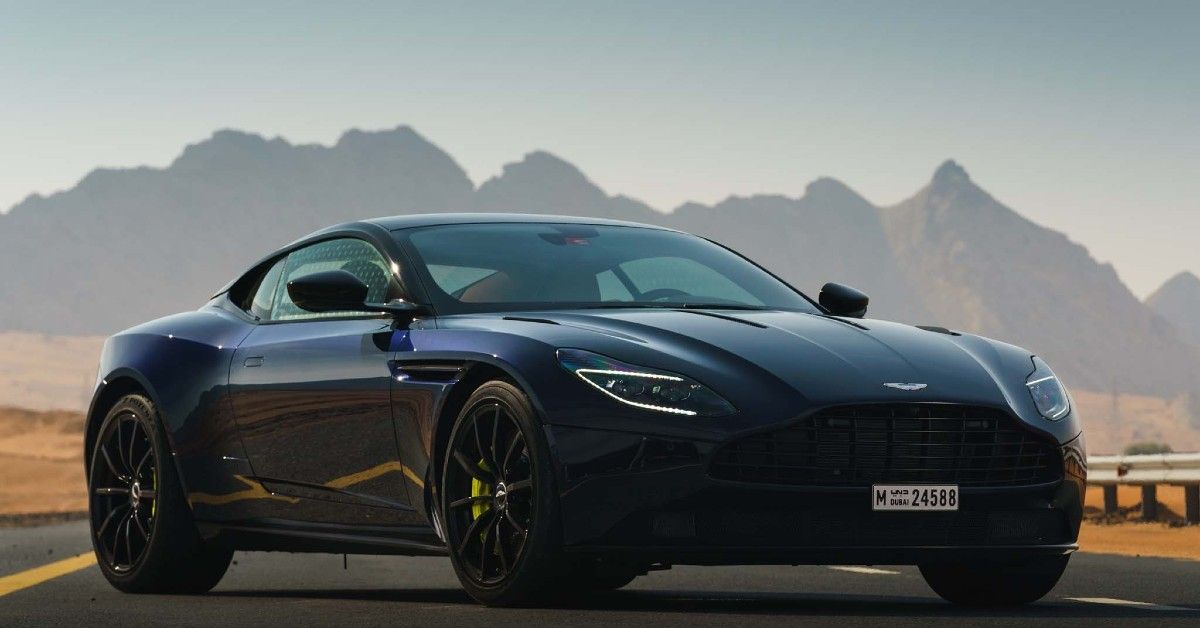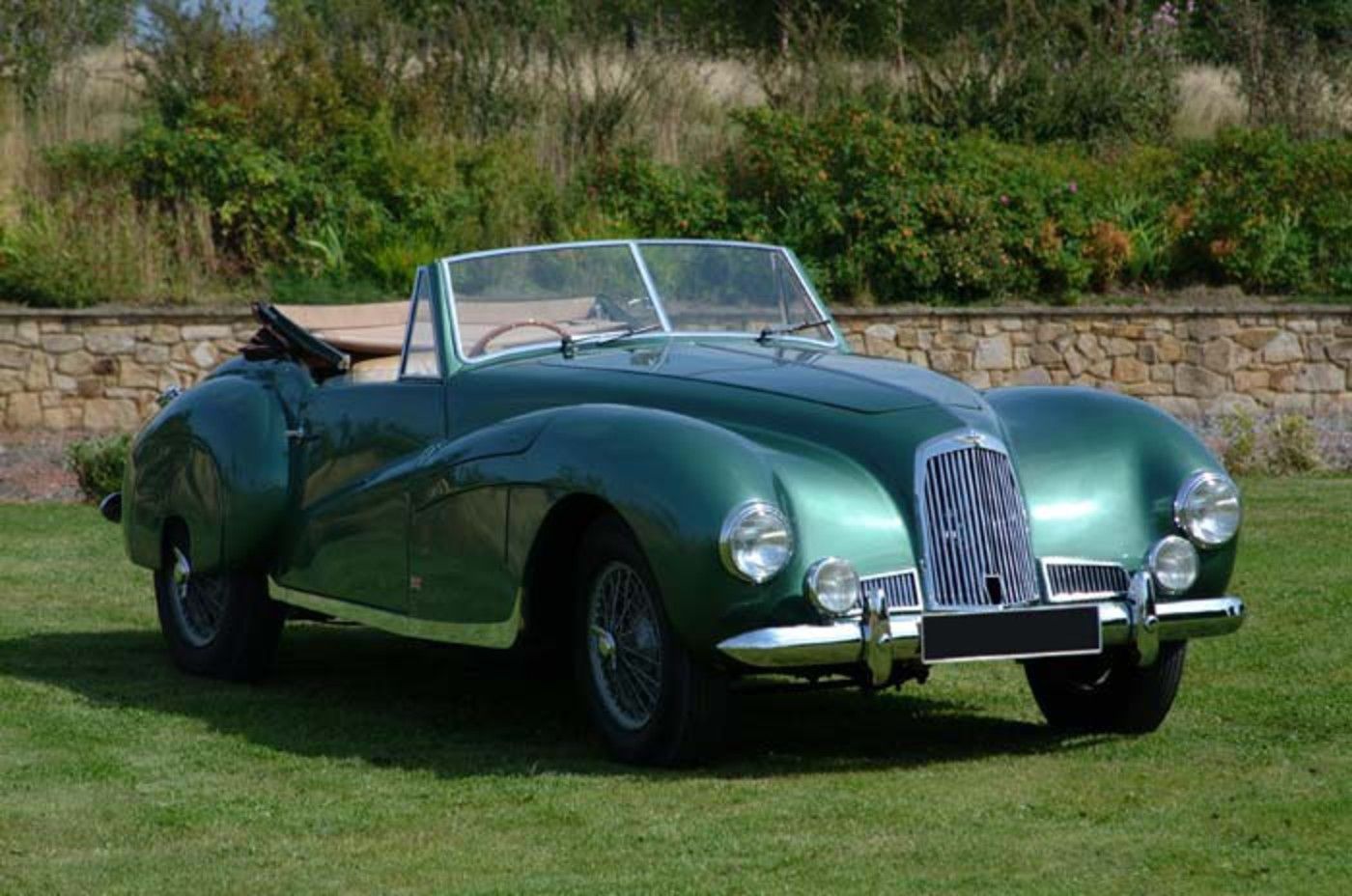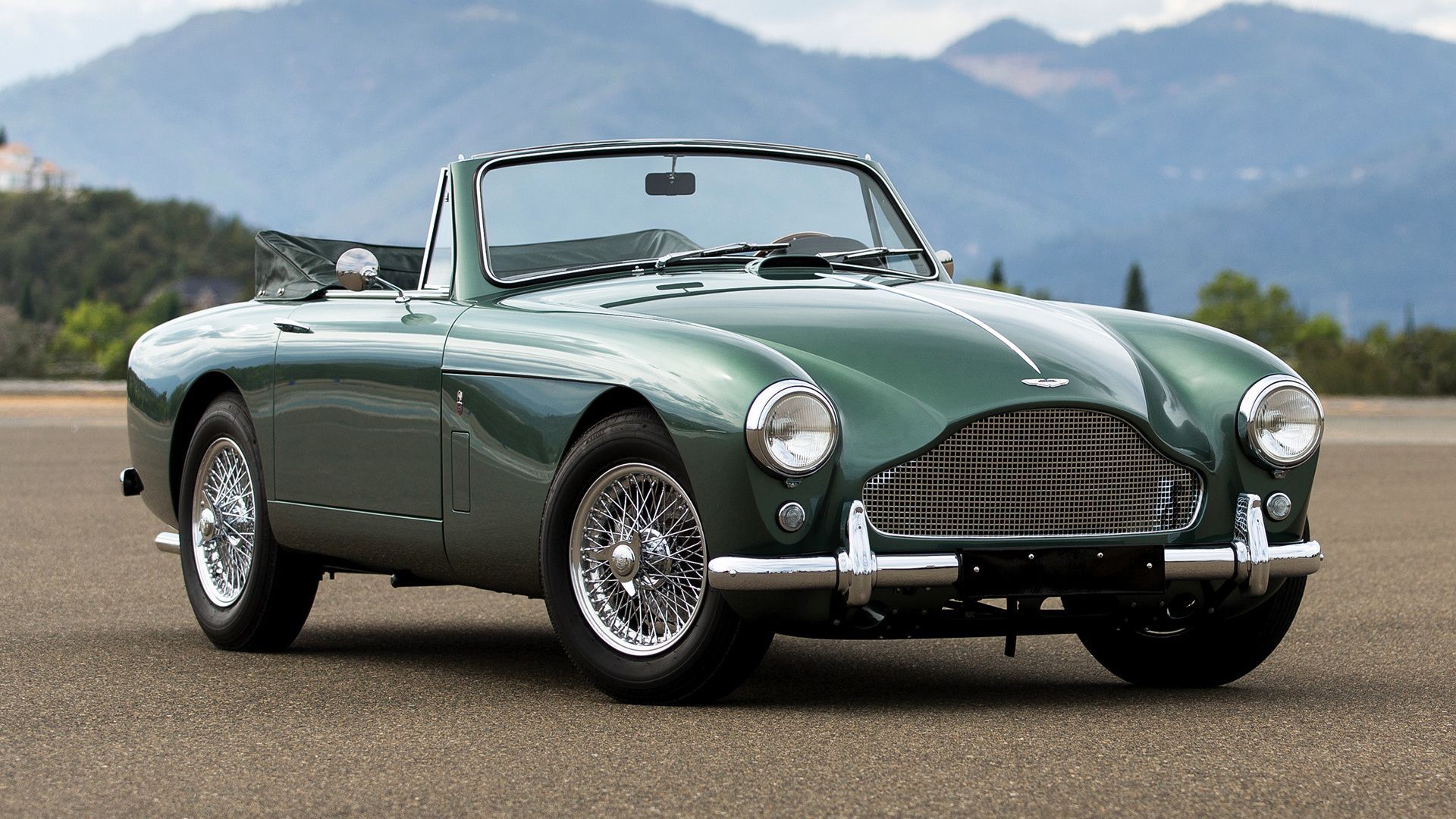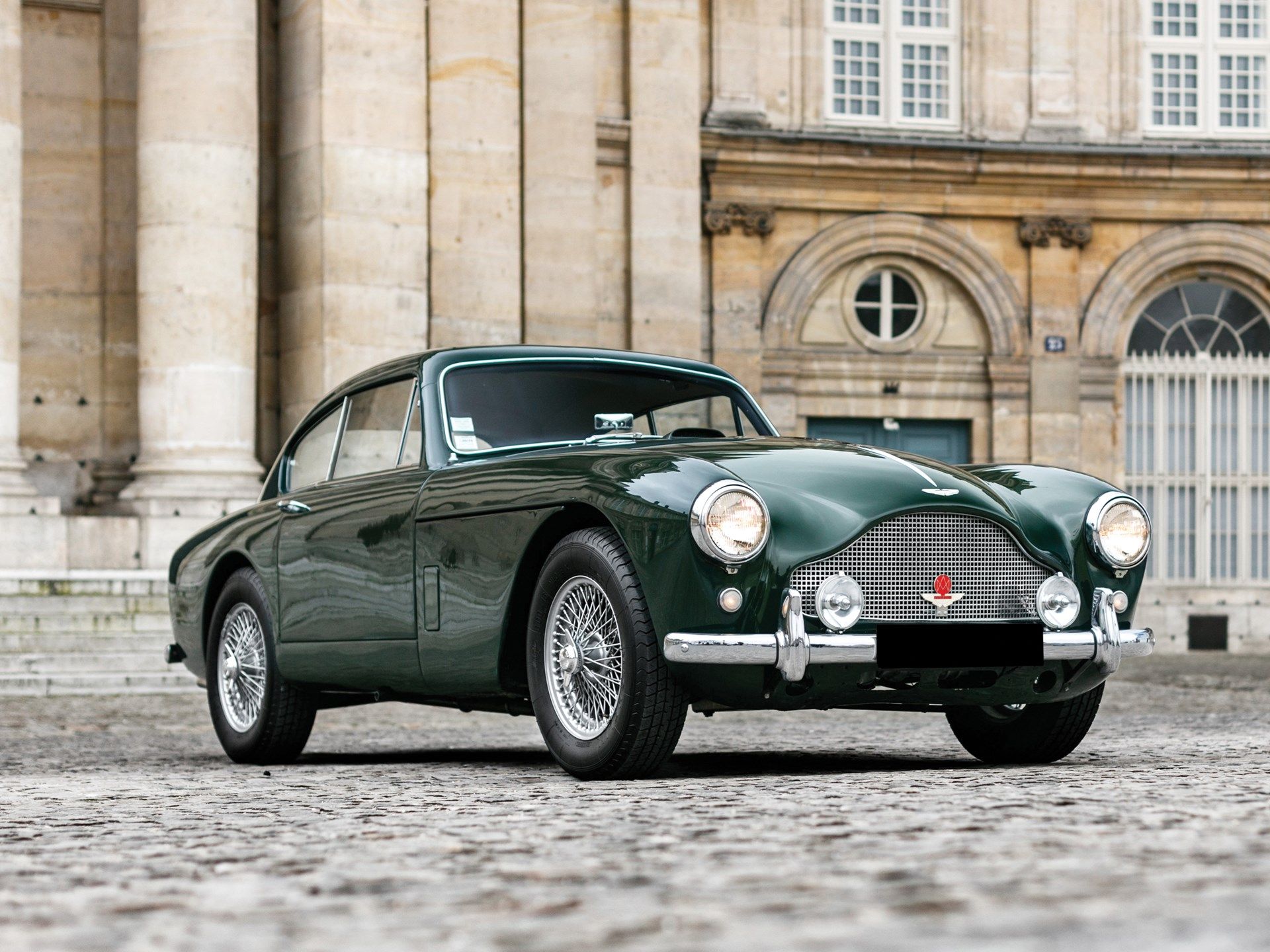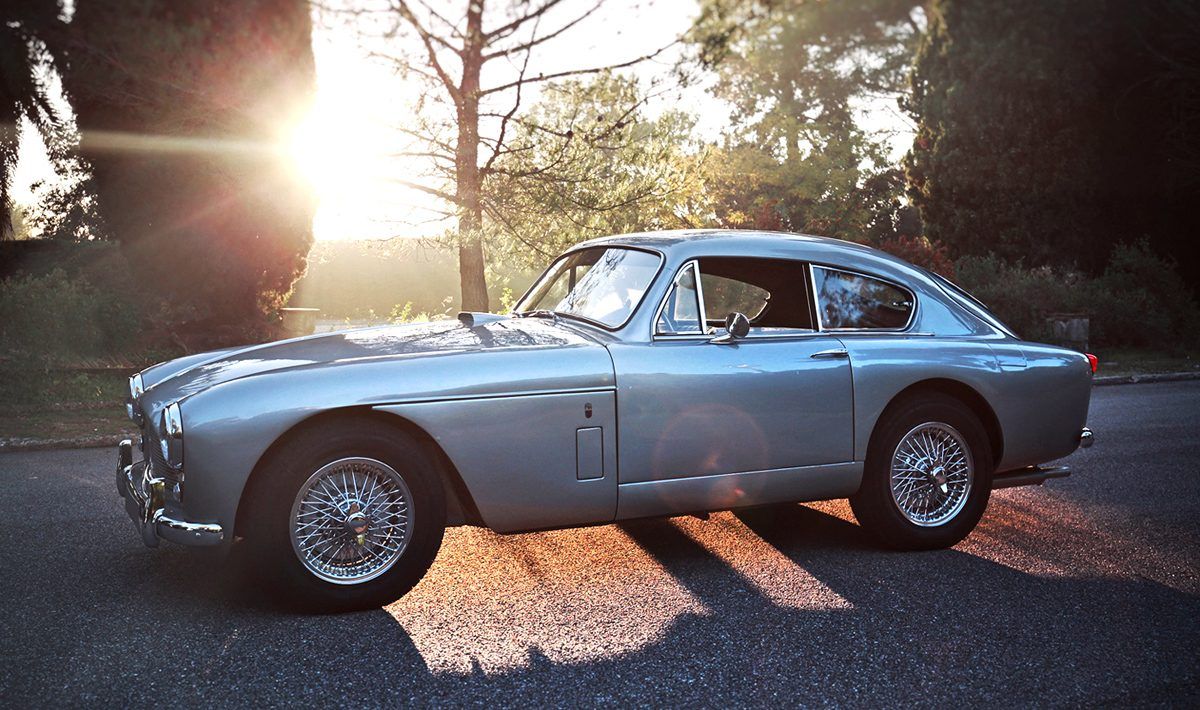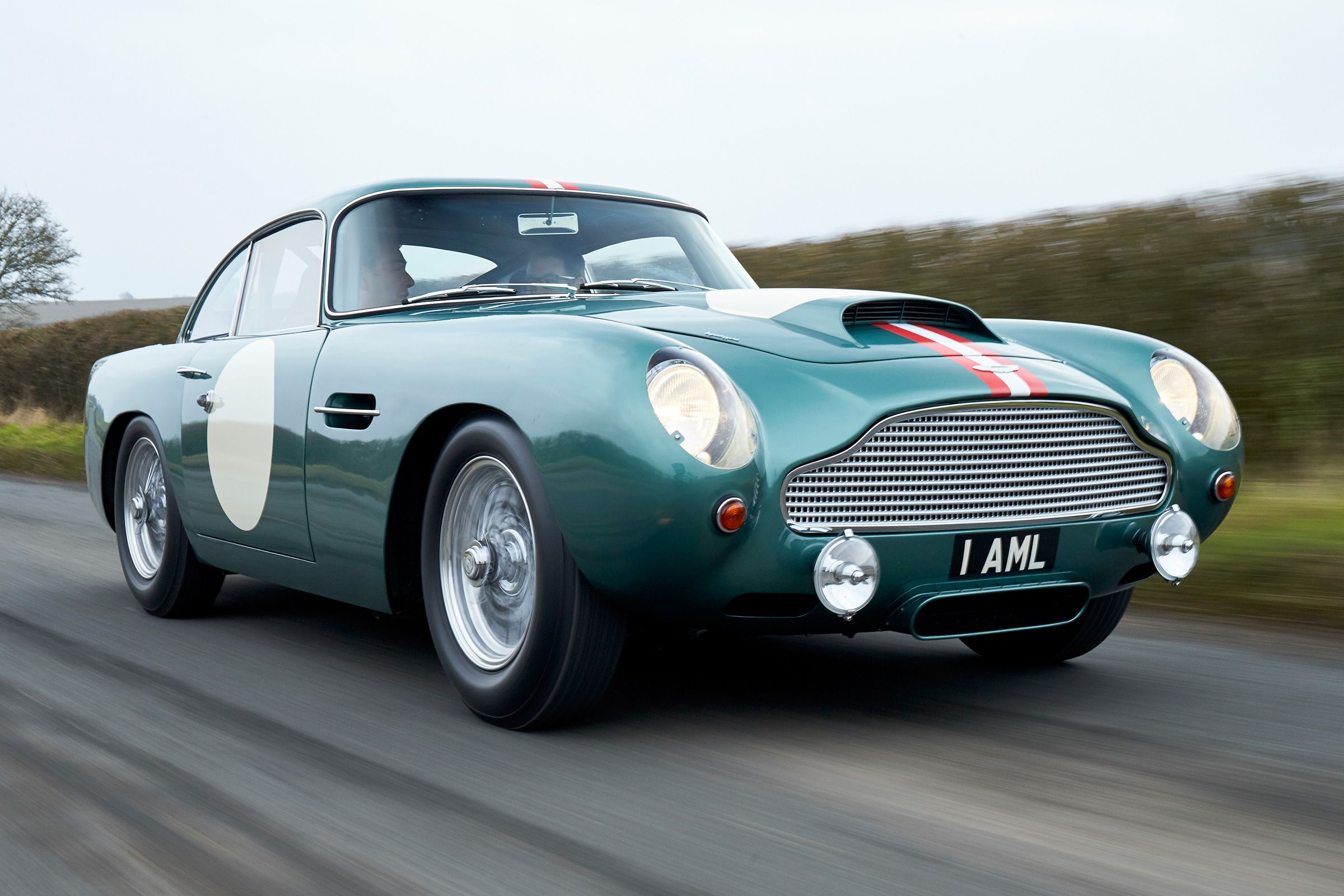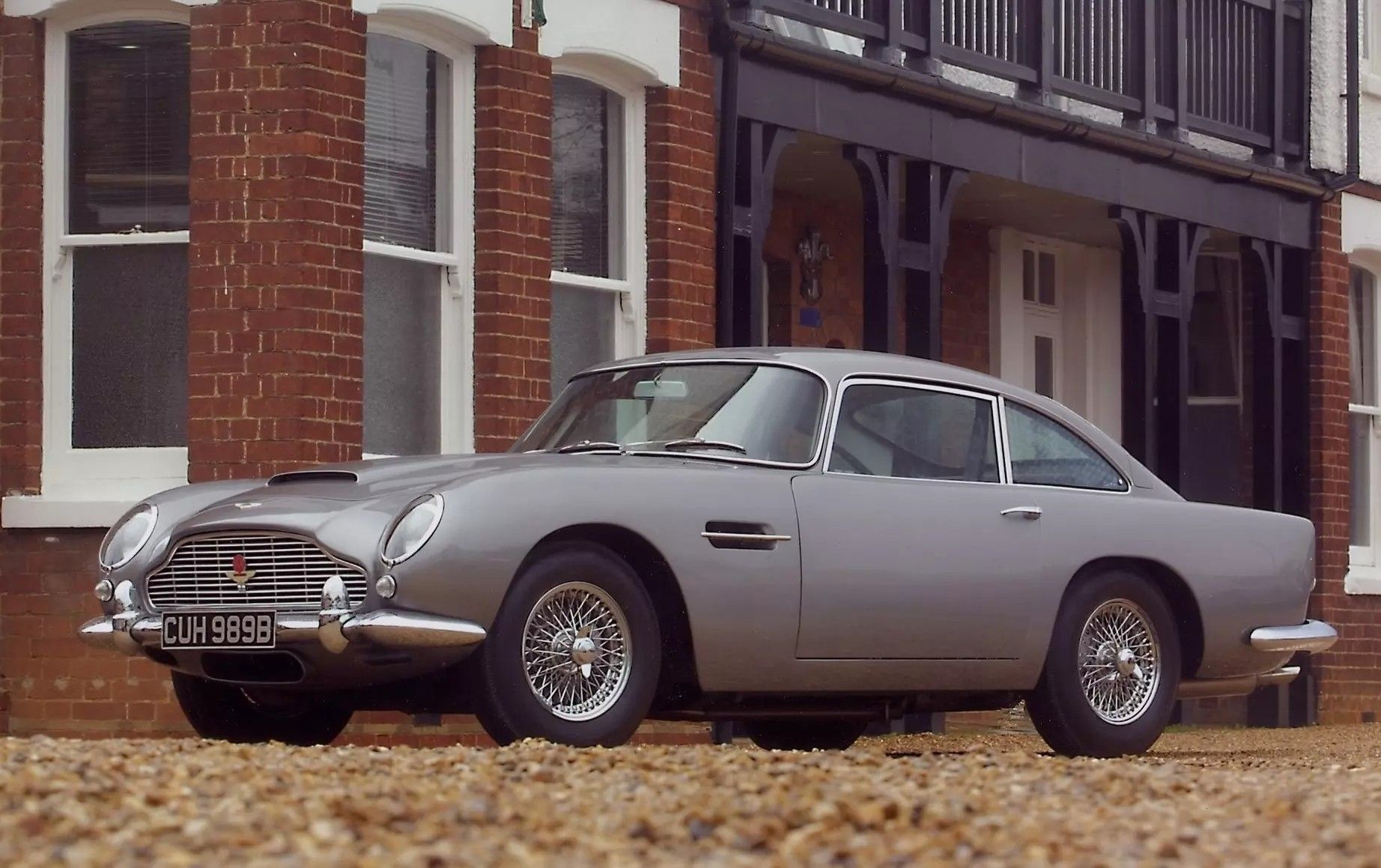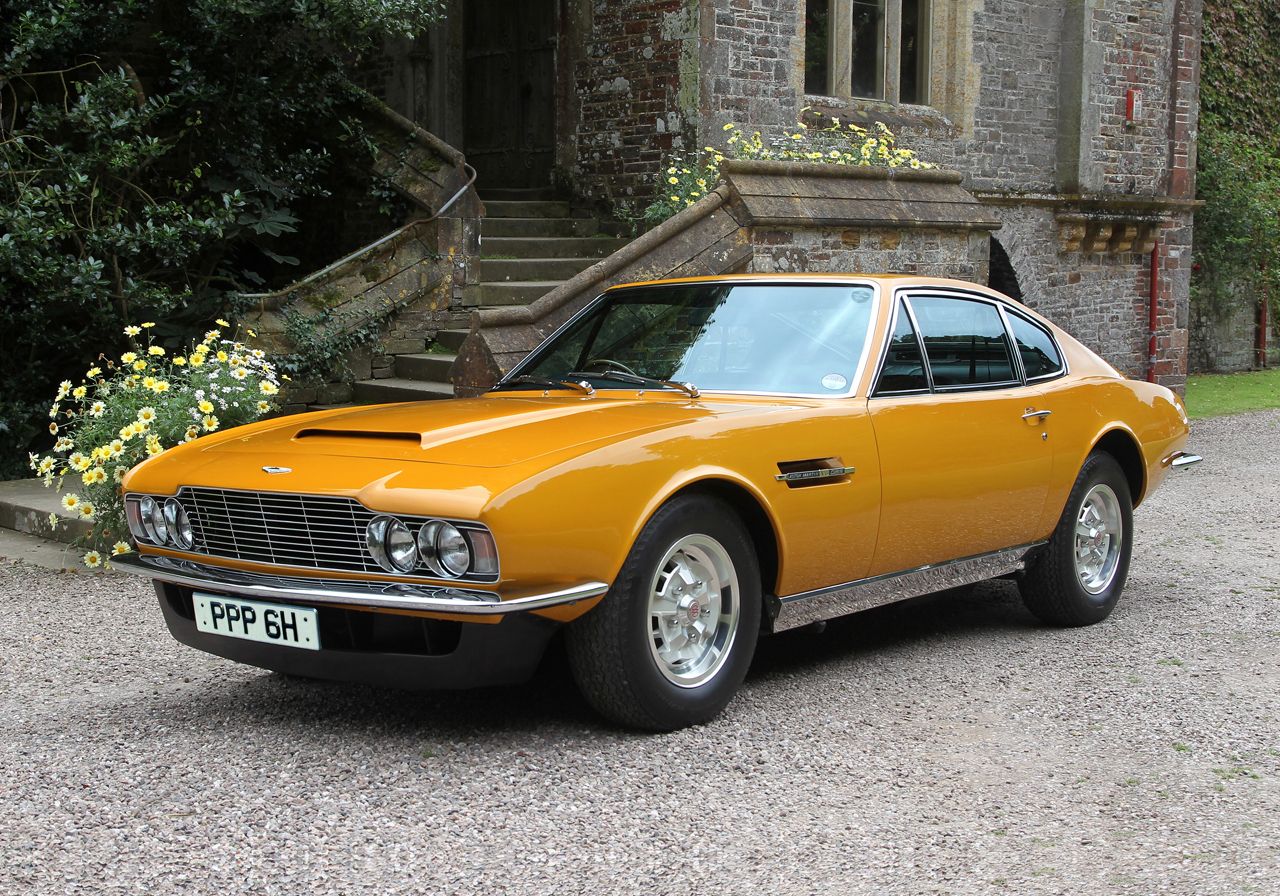The acquisition of Aston Martin by David Brown in 1947 marked the revival of the company, and it was also the time when DB initials were inscribed in the name of this series that was started 72 years ago. The cars in the DB series are best known for their appearance in James Bond movies, and the most notable was the DB5 that starred in six Bond movies. Apart from being the most favored ride of James Bond, the vehicles in the series have also been well received by critics.
With newer surprises in every new generation, the DB series has perhaps been one of the most successful vehicle series by any automaker, and here's a timeline of how it has evolved over the years.
Retrospectively Named: DB1 (1948-1950)
The DB1 was the first-ever production of the company after David Brown acquired it. It was initially named the Two-Liter Sports, but after the DB series's success, it was retroactively named DB1 to honor its firstborn status in Brown's tenure. The car was based on the 1939 Atom concept model of the company.
The vehicle was built around a tubular space frame chassis and was powered by Claude Hill's 2-litre 4 cylinder pushrod engine. The top speed of the DB1 was 93 mph, and it was the winner of its first race, ‘1948 Spa 24 Hours'. Fifteen DB1s were made in its production run.
The First DB nameplate: DB2 (1950-1953)
Officially, the DB2 was the first car of the series that received the DB initials. It was unveiled in the 1950 New York Motor Show. Interestingly, the engine of the vehicle was not made by Aston Martin. Instead, a Bentley-made Lagonda 2.6-litre straight-six was packed in the engine bay that produced a massive 105 HP.
Aston Martin built this car's chassis as a closed 2-seater coupe, and it ruled the tracks like its predecessor. It won podium positions in the 1949 and 1950 Le Mans.
Four Seater DB2: DB2/4 (1953-1957)
This was just another DB2 with two added rear seats due to an enlarged chassis. This modification changed the two-seater DB2 coupe into a 2+2 hatchback sports saloon. However, it was not the most comfortable four-seater car, as the rear seats were quite small, thus the 2/4 name.
The same 2.6-liter engine was used in the beginning, but some upgrades increased power to 125 HP. A 2.9-liter straight-six engine later replaced this engine, and the total power output was pushed up to a decent 140 HP, and the car had a top speed of 116.4 mph. The DB2/4 model was special for its versatile body designs. This vehicle was custom built, and customers were offered several styles, such as special limited number spiders, fixed head coupes, and drophead coupes. A total of 764 DB2/4s were created during its production time.
Revised Model and Iconic Grille: DB Mark III (1957-1959)
Instead of releasing a DB3, Aston Martin altered many features of the earlier cars and released the new DB Mark III. This car played a significant role in the series' evolution. Precisely, the Mark III was an upscaled DB2 with a unique design and upgraded engine, though the engine was revised in the latter part of the departed production.
The most notable feature of this car was the iconic Aston Martin front grille that remains as an identity of the series to date. It used the same 2.9-liter straight 6 Lagonda engine but with increased 162-178 HP horsepower due to a dual-exhaust system. Down the line, it received an engine upgrade that made it capable of churning 195 HP with a top speed of 120 mph. The car also sported a modern interior, an optional automatic transmission, and disc brakes. 551 Mark IIIs were produced in its entire production span.
The Superleggera DB4 (1958-1963)
This car gave Aston Martin the reputation of designing beautiful vehicles. Technically an advanced version of Mark III, the DB4 was special because of its Touring-designed 'Superleggera' body made of aluminum panels and tubular space frame. The DB4 was also the first car that carried an engine designed entirely by Aston Martin.
The car was powered by a 3.7-liter straight-six engine that was capable of producing 240 horsepower with a top speed of 140 mph, and optional upgrades made it even faster. The DB4 was offered in five variants, each with a distinct style. In addition, two unique body types of the car were also introduced; the DB4GT and DB4GT Zagato. This also marked Aston Martin's collaboration with the legendary coachbuilder Zagato.
Bond's Favourite: DB5 (1963-1965)
The Aston Martin DB5 is amongst the legendary cars of Hollywood and a primary cast member of the James Bond movie series. This car marked the initiation of a relationship between the fictional British secret service agent James Bond and Aston Martin. It probably became the most popular car of the series as it featured in six Bond movies, with the first one being Goldfinger and the last being Skyfall.
Aston Martin engineered the DB5 with some cool spying features like revolving license plates, an oil slick dispenser, an ejector seat, wheel destroying spikes; however, these were only the big screen. Apart from this, the DB5 featured the glorious Superleggera body and a 4.0-liter straight-six engine that could push out 282 HP. The engine was coupled with a five-speed manual transmission. The following car of the series was DB6 which retained most of its predecessor features except a 'Kamm-tail' rear.
First V8 Engine: DBS (1965-1970)
The DBS was significant because it took a leap of bidding adieu to the retro-styled models and entered the modern era with some new-age styling cues. For example, a boxy shape was adopted for the car in place of its conventional round features of the earlier models, and a fastback tail was introduced.
In the beginning, the car was launched with a 282 HP straight-six engine, but with time, Aston Martin offered a V8 engine with this version. Thus, the DBS was the first vehicle to equip a V8 engine in the DB series. In 1972 this car was renamed as Aston Martin V8 after a design overhaul, and the car was featured in another Bond movie.
After 1972 the DB series was discontinued from the company's production line, only to appear again in 1994 as DB7 with a V8 engine which was later replaced by a V12. This car was also featured in the movie 'Quantum Of Solace'. The next was DB9, which was one of the most successful cars for the series. This car was specially made to mark the release of 'Spectre'. The latest and present running model of the DB series is the DB11 AMR launched in 2018. This car is powered by a 5.2-liter V12 engine that can produce an incredible power of 600 HP and has a gusting top speed of 208 MPH.

